People of the U: Jay Ferchaud
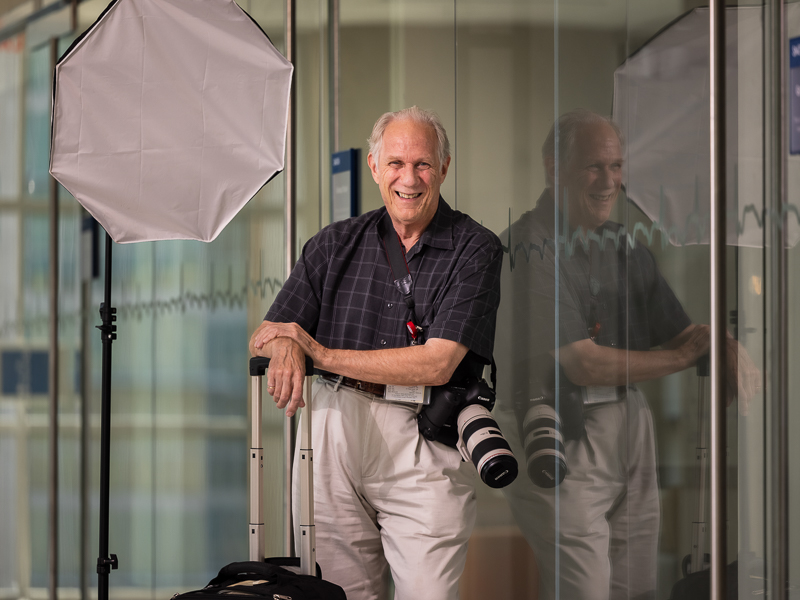
John “Jay” Ferchaud took some of his first photographs with a brick.
To be exact, it was “The Brick” – an Argus C3 rangefinder, the once popular 35mm camera, which, as anyone who ever held one will tell you, deserved its nickname.
“It was my dad’s when I was in school,” Ferchaud said, “and I kind of played around with it.”
After taking a couple of photography courses in college, though, he knew it was time to quit playing, that he wanted to continue learning how to really see the world and that “there was more to photography than pointing the camera.”
For 25 years now, Ferchaud has been pointing a camera and lighting, framing, composing and capturing images of the faces, facades and vitals that describe life at the University of Mississippi Medical Center.
“I’m here to shoot history,” said Ferchaud, a Photographer II in the Office of Communications & Marketing.

The large slice of history he has preserved in pictures at UMMC has featured the administrations of four different people who occupied the office of vice chancellor, while rafts of chairs, deans, faculty, students and staff have come and gone.
But, for those who have stayed and gotten to know him over the past two-and-a-half decades – as he stood on chairs, floated in helicopters, climbed up or kneeled down, clicked and cajoled, or just waited for the right moment or the right light – there has always been a Jay.
As one of his former colleagues, Jenny Woodruff, told him years ago on a stroll across campus, impressed that so many people would greet him and call him by name: “You’re like the mayor here.’”
Barbara Austin would probably give him her vote.
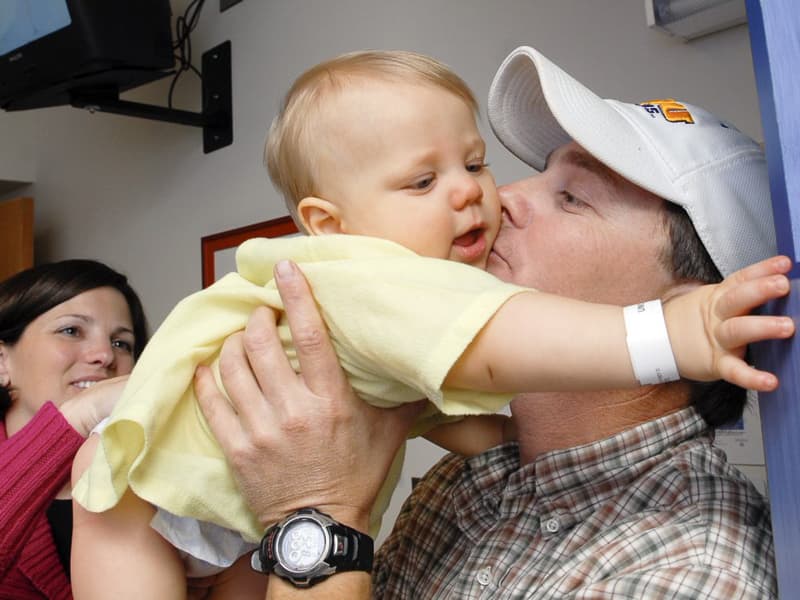
“Jay did not mind any assignment, no matter how small or how large, how early or how late,” said Austin, director emerita of public affairs at UMMC, who hired Ferchaud in 1996.
“He is a wonderful part of the administrative and institutional support of the Medical Center, and I’m grateful he’s still there after 25 years.”
It was Janis Quinn, then associate director of public affairs at UMMC, who encouraged Austin to hire Ferchaud. “And I have no regrets,” Quinn said.
“He always showed up for assignments in good humor, even if the assignment was people holding a giant check. His job wasn’t always a photographer’s dream, but he made the most of it. And he did often get the fantastic shot he deserved.”
It’s tempting, and maybe even accurate, to say that UMMC and photography were his destiny. An aspiring marine biologist – until he was spooked by the math – and then, briefly, a resources management wannabe, he was a student at Jackson County Junior College in Gautier when he became much more photo-sensitive.
“I took two photography courses there, just for credit,” Ferchaud said. “And then said, ‘you got any more?’”
By then, he had developed a passion for the camera that may even now exceed the enthusiasm he shows for his adopted hometown.
Born in Chicago, Ferchaud moved with his family, in the late 1960s, to Pascagoula, where he was won over forever by its distinctive takes on seafood, at Bozo’s deli; hamburgers and sandwiches, at Edd’s Drive-in; and just plain sand, at the Gulf of Mexico.
In Pascagoula, he enjoyed a life awash with friends and seashore, and, during those pre-digital days, preserved it all on film.
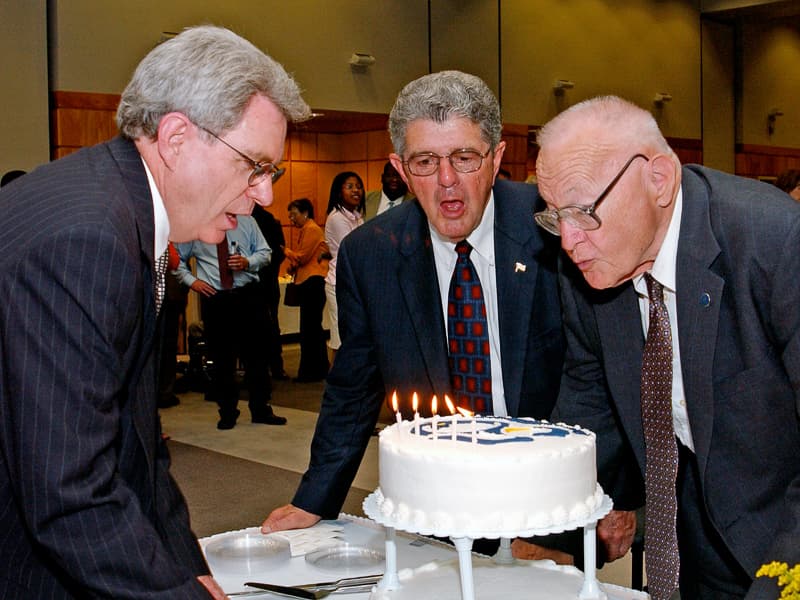
About 95 miles up the road, in Hattiesburg, he would soon learn the skills that would serve him for the rest of his life. But, before enrolling at the University of Southern Mississippi, Ferchaud, with the help of his grandmother, had saved up to buy a professional-grade camera – which, in the Introduction to Photography at USM, he wouldn’t be allowed to use.
There, at least in the late ’70s, he and the other beginning photo students had to train on a bulky twin lens reflex model; switching to that from his new, sporty Nikon F2 was like trading in a Corvette for a bus.
But a highly accomplished crew of instructors was there to teach him how to drive it, including the late John Frair, a former photojournalist who had covered the Kennedy assassination in Dallas and much more.
His colleague was Ed Wheeler, now a member of USM’s Mass Communication and Journalism Hall of Fame. A former staff photographer for The Dallas Morning News for 12 years, Wheeler would help shape the careers and lives of dozens of award-winning photojournalists – and Ferchaud was one of the first.
When it came to deciding his future, Ferchaud said, Wheeler was the most influential person in his life. “It was the way he put things to us in class,” he said. “It was the stories he told us about the photos he had taken.”
After asking Wheeler’s advice, Ferchaud, accompanied by his trusty sidekick, Nikon, aimed for a photojournalism career during which he would never forget those stories.
Following a couple of stops along the way, the 1979 graduate of USM began his professional search for impactful images in Greenville, where he shot feature photos and spot news for the Delta Democrat-Times – sometimes dressed like a firefighter.
“The fire chief gave me a firefighter’s hat and coat,” Ferchaud said. “I became friends with him and the police chief, and could usually get [access] to situations that maybe other photographers couldn’t.” In the Delta, he was also able to photograph visiting kings passing through: B.B., the King of the Blues; and the Sea King, Jacques Cousteau.
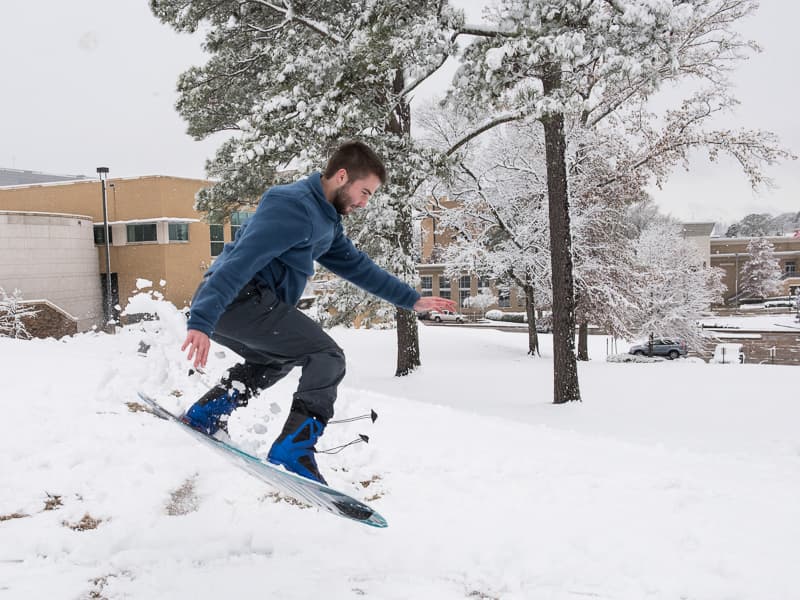
Meeting B.B. King was especially gratifying for a blues and rock ’n’ roll fan whose collection of vintage vinyl includes, he estimates, some 3,000 LPs and several hundred 45s. He keeps them in a room above his garage, “along with six turntables.”
He is also a hunter-gatherer of antique postcards, as well as bottles that might have last touched the lips of those who voted for U.S. presidents ranging from William McKinley to Calvin Coolidge.
The bottle collection was born in Alabama, where, as of 1984, Ferchaud began shooting for the Mobile Press-Register and was “glad to be back on the Coast again.”
Still, even after being honored by The Associated Press for his work so near his Mississippi home, Ferchaud, after seven years of seagulls and sand, abandoned security for self-determination. He freelanced.
“It was feast or famine,” he said. “Mostly famine.”
By 1996, though, the never-ending banquet had begun.
“I saw things I didn’t think I would ever see,” he said. “Heart surgery, transplants.”
He saw these things, of course, in Jackson, at UMMC, where Austin brought him on as of Aug. 26, 1996, in the same month that George R.R. Martin published “A Game of Thrones,” the Atlanta Olympics concluded and Osama bin Laden declared war on the United States.
UMMC had also made, and continues to make, headlines as well, not least of all now, during the pandemic. And Ferchaud has been there to photograph the biggest news, as well as the newsmakers.
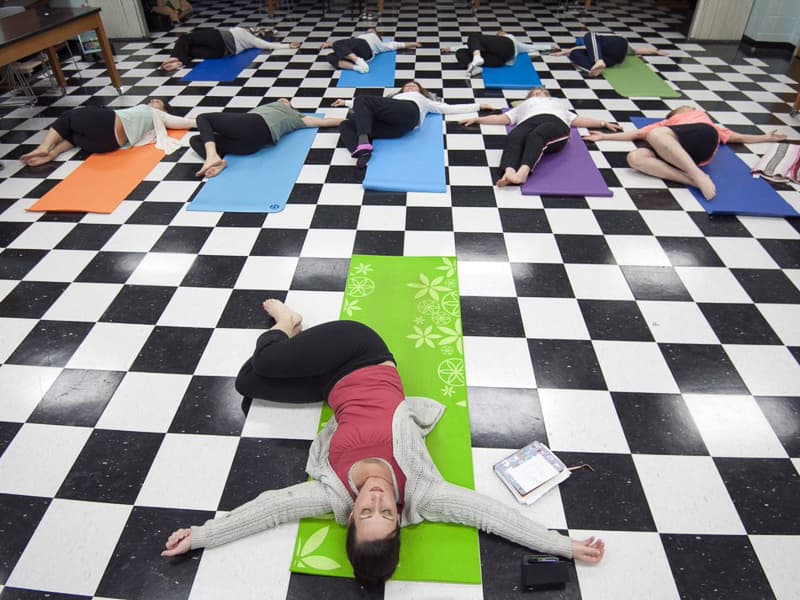
“I got to meet the Hardys and Guytons of the Medical Center,” he said. Of course, there was only one of each: Dr. James Hardy, the transplant surgery pioneer; and Dr. Arthur Guyton, whose research revolutionized the treatment of hypertension and other cardiovascular diseases.
Ferchaud covered the ground-breaking ceremonies of many of the buildings named for Medical Center legends. He has recorded the institution’s progress while down on the ground, as well as up in the air – shooting aerials from helicopters buzzing the campus.
“And I remember his commencement shots,” Austin said. “To me, he always seems to get the essence of what graduation means – a new beginning, a new start in life, a real contribution that our institution makes to Mississippi.”
Among those whose graduation he has witnessed, in 2012, is Lyssa Taylor – now Dr. Lyssa Weatherly, assistant professor of medicine, Division of Geriatrics.
“She is one of those students who has always inspired me,” Ferchaud said. Apparently so; today, she is his doctor.
But, if there is any subject that touches him the most, it’s the children in the hospital.
“I’ve always been moved by those kids, by how strong they are, in spite of what they’re going through,” he said. “I’ve enjoyed anything to do with the Children’s Hospital; there haven’t been really any bad assignments.”

But, like many of those who work and study at the Medical Center, he has never stopped learning. The images he used to shrink down on film are now preserved in pixels: The biggest change in his job has been the conversion to digital, a challenge to his nerves in the beginning.
“But I like it now,” he said.
During a quarter-century he has recorded many Medical Center beginnings – the Jackson Heart Study, the new medical school, the Children’s Tower; he has seen many endings as well.
“When you do what I do, you meet so many people,” Ferchaud said. “You work a long time with a lot of them, and then they’re gone.”
Among those who have left is Woodruff, who now sells ads, writes and takes photographs, under the byline Jenny Wilson, for The Northside Sun.
For almost four years, until about 2008, she worked with Austin as a writer for what was then the Office of Public Affairs. “Jay taught me a lot about photography when I was there,” she said. “He was always very patient with me. He was a good friend. I love Jay.
“Now, any time I go to an event at UMMC, I see him. It brings me comfort that he’s still there.”
It brings him comfort, too.
“Photography has been my hobby and my job,” he said. “Here, I get to do both. I would get bored just sitting at home.
“You’ll have to drag me out of here.”


